I'm Confused....
missmary - 6b/Central Maryland
12 years ago
Related Stories

GREEN BUILDINGLet’s Clear Up Some Confusion About Solar Panels
Different panel types do different things. If you want solar energy for your home, get the basics here first
Full Story
WINTER GARDENING6 Reasons I’m Not Looking Forward to Spring
Not kicking up your heels anticipating rushes of spring color and garden catalogs? You’re not alone
Full Story
LIFEYou Said It: ‘Just Because I’m Tiny Doesn’t Mean I Don’t Go Big’
Changing things up with space, color and paint dominated the design conversations this week
Full Story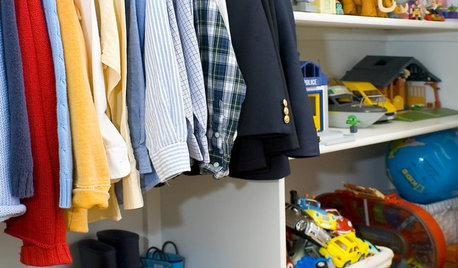
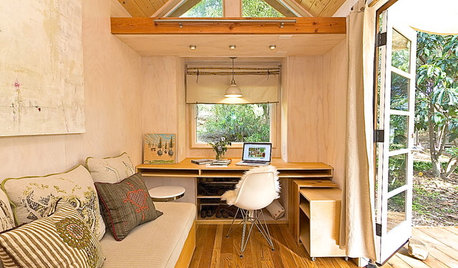
LIFEYou Said It: ‘I’m Never Leaving’ and More Houzz Quotables
Design advice, inspiration and observations that struck a chord this week
Full Story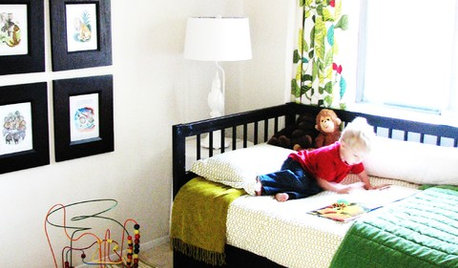
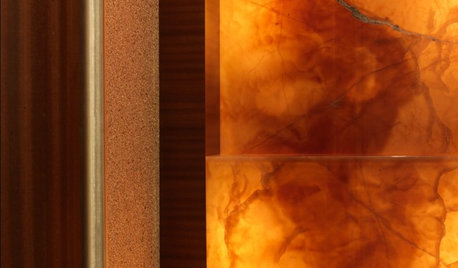
DECORATING GUIDESI'm Ready for My Close-Up: Beautiful Building Materials
Look closely, and soak up the beauty in some favorite details of fine home design
Full Story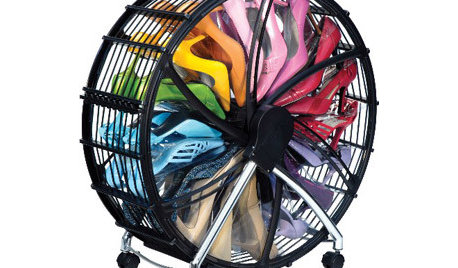
CLOSETSGuest Picks: I'm Dreaming of a Wide Walk-In
20 organizing ideas to get the most out of a small closet
Full StoryMore Discussions






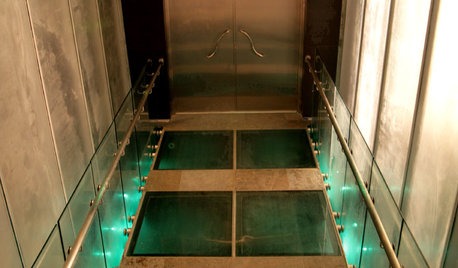
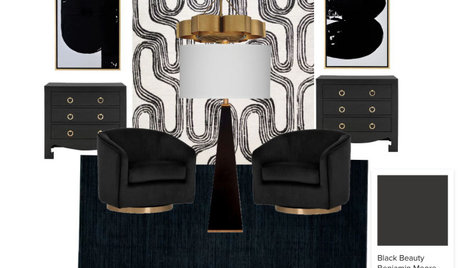
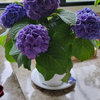

ginkgonut
luis_pr
Related Professionals
Fort Lee Landscape Architects & Landscape Designers · Hershey Landscape Architects & Landscape Designers · Montgomeryville Landscape Architects & Landscape Designers · Rancho Palos Verdes Landscape Architects & Landscape Designers · Arden-Arcade Landscape Contractors · Azalea Park Landscape Contractors · Berwyn Landscape Contractors · Caldwell Landscape Contractors · College Park Landscape Contractors · Glendale Heights Landscape Contractors · Lees Summit Landscape Contractors · Oakland Landscape Contractors · Annapolis Siding & Exteriors · Loveland Siding & Exteriors · North Highlands Siding & Exteriorsmorz8 - Washington Coast
missmary - 6b/Central MarylandOriginal Author